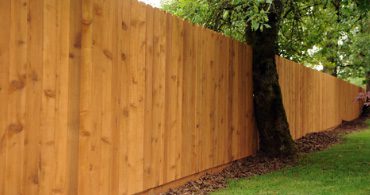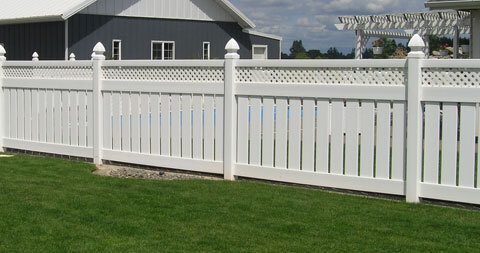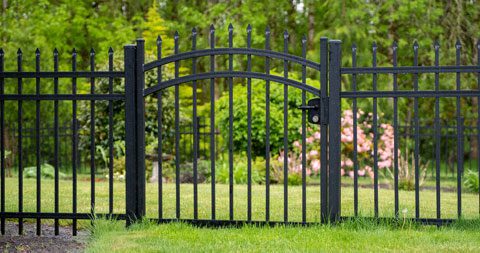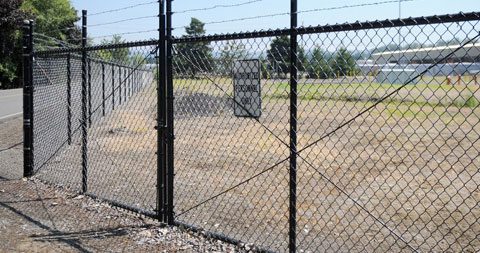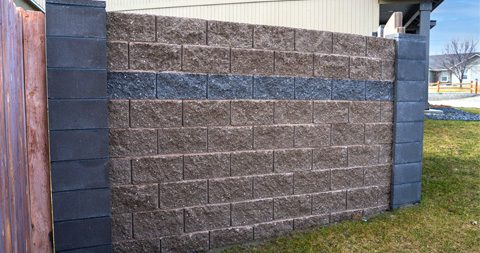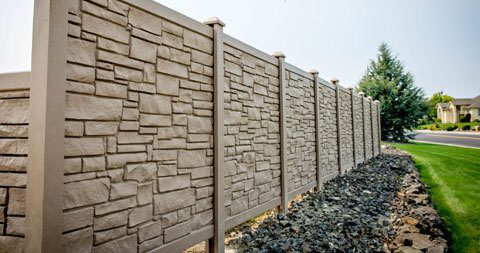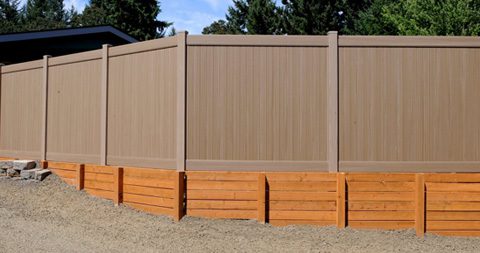Fence Maintenance and Warranty Information
VINYL FENCING
Vinyl will not peel, rot, blister, rust, flake, be consumed by insects, become abnormally colored, or abnormally weathered.
RETAINING WALLS
Retaining walls provide essential support for soil and landscape features, preventing erosion and creating level areas in sloped terrain.
General Care and Maintenance for Your Fence
Year-Round Tips
- Regular cleaning: Clean the fence periodically with a mild soap and water solution to remove dirt and grime. Rinse thoroughly.
- Address repairs promptly: Repair any damaged or rotting boards immediately. Prompt attention to repairs can prevent further deterioration.
- Monitor soil moisture: Be mindful of the soil moisture around the fence. Excessive moisture can contribute to wood decay so ensure proper drainage.
- Inspect for rust (metal fences): if you have a metal fence, inspect for signs of rust. Remove rust with a wire brush and apply a rust-resistant coating if needed.
Spring Tips
- Inspect for winter damage: check for any damage caused by winter weather, such as ice, snow, or heavy winds. Look for loose or damaged boards, posts, rails, or panels.
- Clean debris: remove leaves, dirt, and other debris that may have accumulated around the fence during the winter months. Use a broom or leaf blower for easier cleaning.
- Check for mold/mildew: Inspect the cedar boards for any signs of mold or mildew. Clean affected areas with a mildew cleaner and a soft brush. Rinse thoroughly.
Summer Tips
- Inspect for insect damage: Look for signs of insect infestations, such as termites or carpenter ants especially in cedar fences. If you notice any issues, consider treating the affected areas with an appropriate insect repellant.
- Stain or seal: For wood fences, reapply a cedar-friendly wood stain or sealant to protect the wood from the Sun’s UV rays and moisture. This will help maintain the cedar’s natural color and prevent weathering or graying. Read our guide to staining here.
- Trim Vegetation: Trim any overgrown vegetation, such as vine or bushes, that may be touching the fence. This helps prevent moisture retention and promotes air circulation.
Fall Tips
- Remove fall debris: Clear fallen leaves and other debris from around the fence.
- Inspect hardware: Check for loose screws, nails, and other hardware. Tighten or replace any loose components.
Winter Tips
- Snow removal: Remove snow from the fence using a soft-bristle brush or broom. Avoid using metal tools that could damage the fence material.
- Check for ice buildup: Inspect for ice accumulation on the fence. If possible, gently remove any ice to prevent damage.
- Monitor for leaning or shifting: Check for any signs of the fence leaning or shifting. Address any structural issues promptly to prevent further damage.
